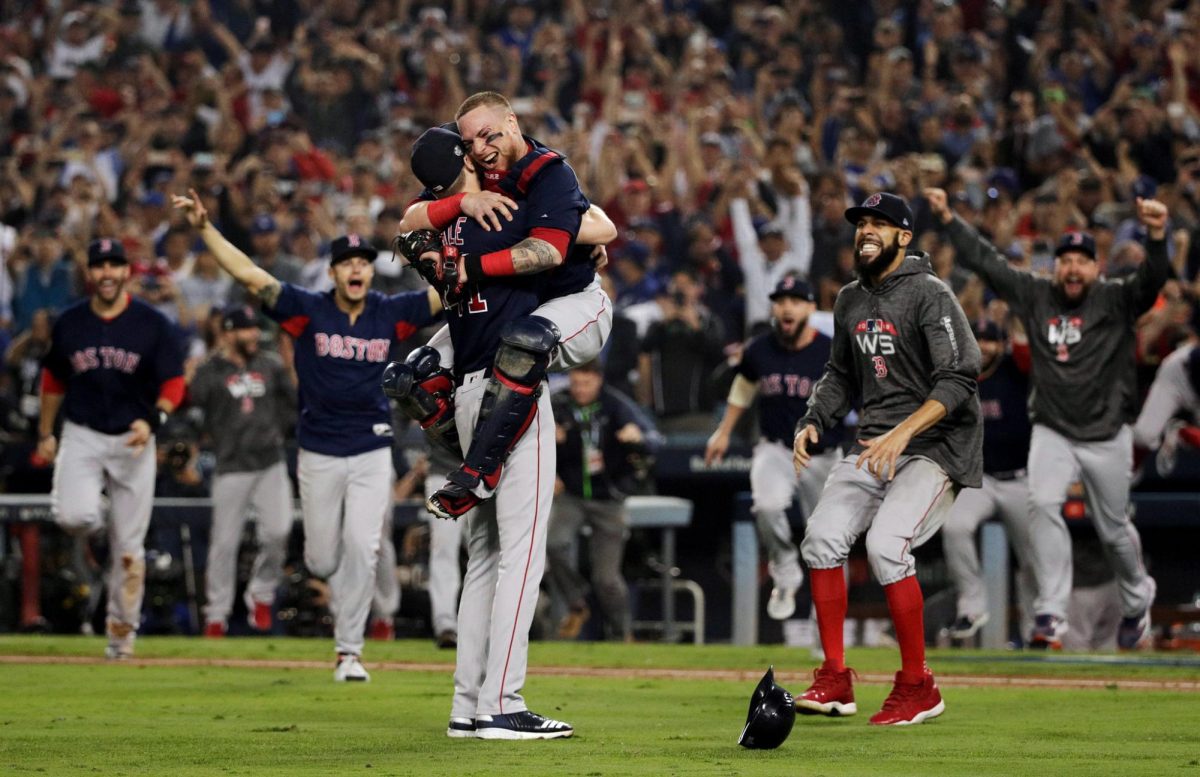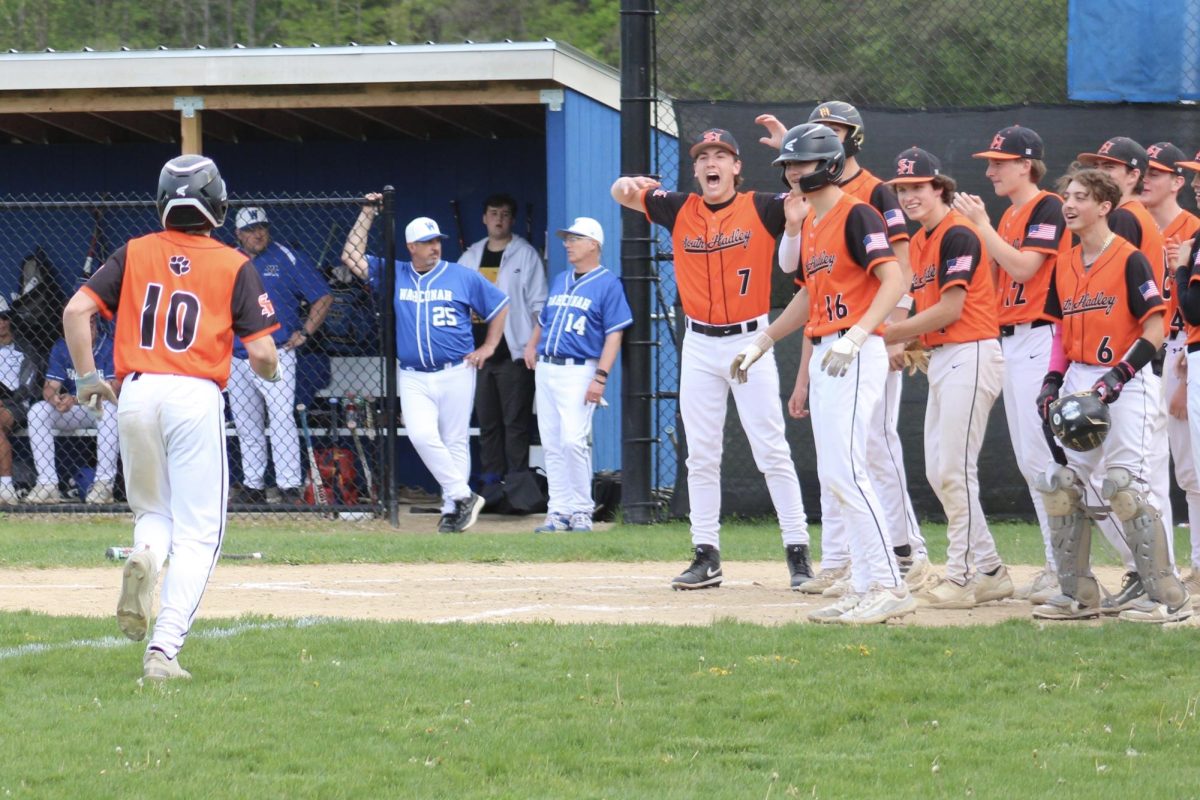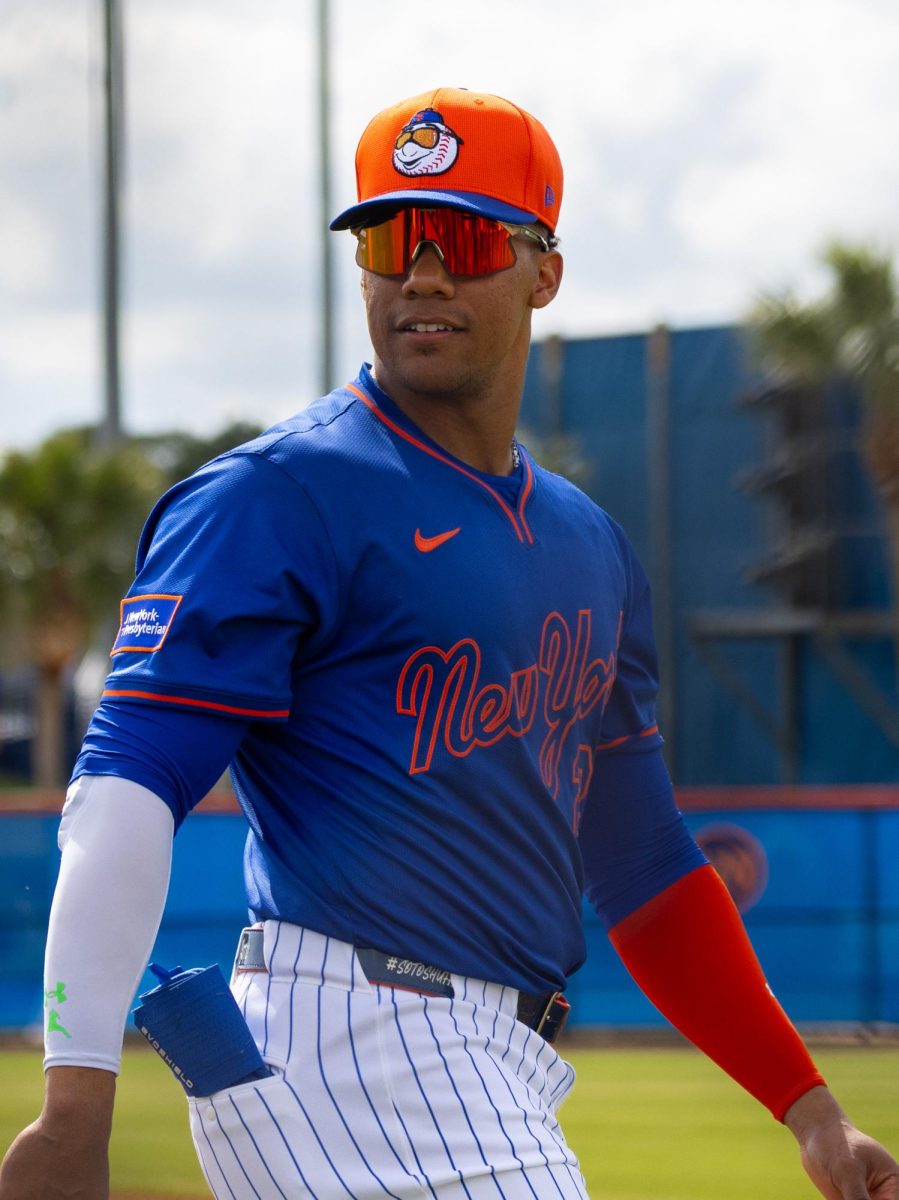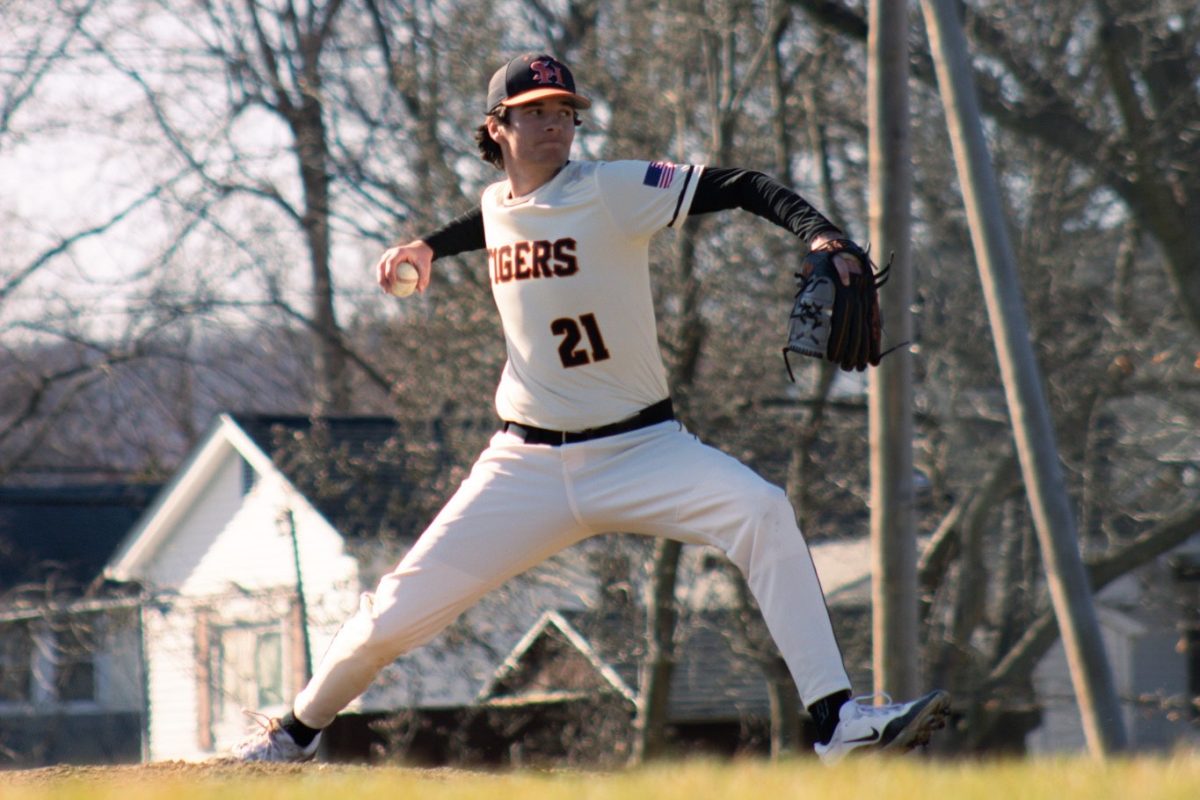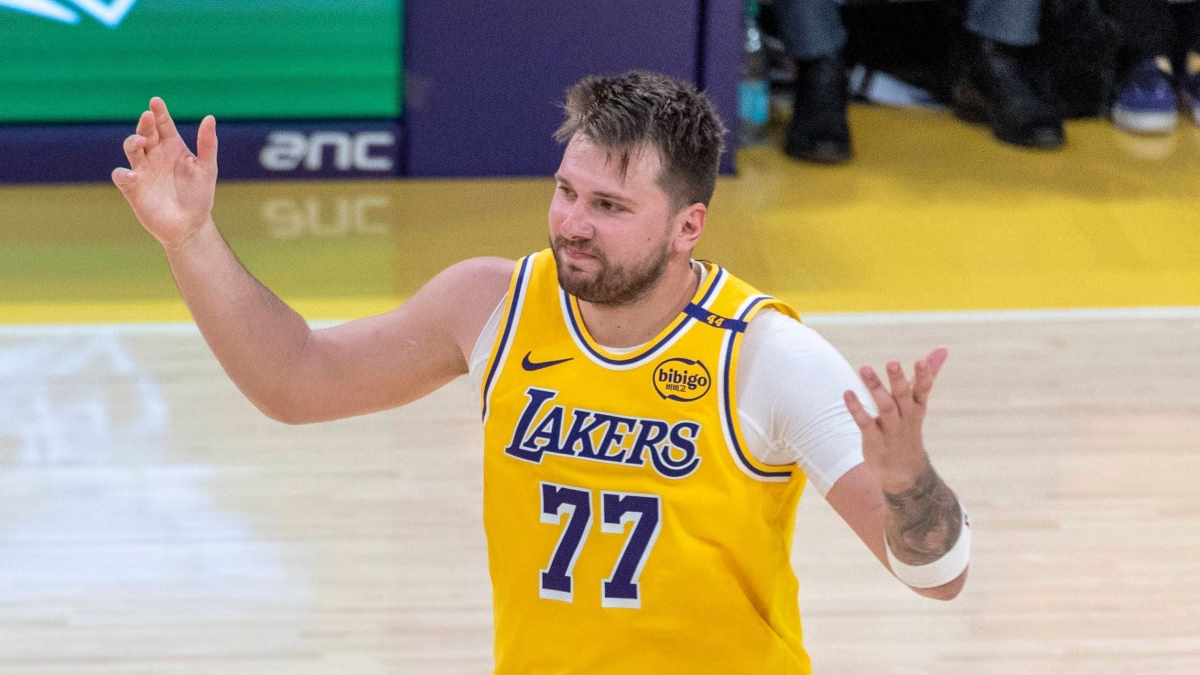It’s a warm night in Valencia, California. Dodger Stadium is filled to the brim with baseball fans. The Fall Classic at its finest. It’s the bottom of the ninth, around 8:15 pm in Hollywood. Chris Sale had taken the mound for the visiting Boston Red Sox, who led the series three games to one. Justin Turner is at the plate in white and Dodger blue. He strikes out swinging. Then Kike Hernandez does the same. And when it all came down to Manny Machado, the game was in Sale’s hands. Sale throws a ball and two strikes. One pitch sends Boston home with a trophy for the case, rings on their fingers, and duck boats reserved. Sale comes set and throws. An 84 mile-per-hour breaking ball. Down and in. Machado is on his knee.
Boston fans are rightfully excited. Their team had just captured their fourth World Series title since 2004. They were the best ball club of the twenty-first century. There were months of pageantry. Parades, White House visits, Dunkin’ Donuts commercials. The Olde Towne Team was at the epicenter of baseball. But the Red Sox finished third in the division in 2019, 19 games back of the top-seeded New York Yankees, out of a playoff spot. So what exactly changed? The team that dominated, won 108 games, and put up otherworldly stats, has looked relatively dismal since. Well, a variety of factors helped the Bosox take the ever-present route from contenders to pretenders.
Heading into the 2019 season, the Red Sox looked just about the same. Mookie Betts, Xander Bogaerts and Chris Sale, just to name a few, would still don those white jerseys with red piping. However, Red Sox pitching would take a hit in 2019, as Sale, along with David Price and Joe Kelly would miss significant time due to injury. An 84-78 record just wouldn’t cut it that year, and the Washington Nationals would win their first title in franchise history over the Houston Astros. But 2020 would prove to be worse.
Major League Baseball was suspended in April of 2020 (thanks, COVID). MLB commissioner Rob Manfred announced that the Red Sox were discovered to have used their video replay monitor to steal opponent’s signs. This would essentially taint the World Series win. Manager Alex Cora would be suspended for his involvement, and interim manager Ron Roenicke would lead his team to a 24-36 record during the pandemic-shortened season. This is when the Dodgers got their revenge, winning what was highly regarded to be a “Mickey Mouse ring.”
These Red Sox haven’t looked the same. Since that World Series-winning season, the Sox lost key contributors like Xander Bogaerts, Mookie Betts, and Chris Sale. In fact, the Red Sox lost all but one player from that team, the player in question being Rafael Devers.
Red Sox baseball truly took a turn for the worse after 2018. It saw them finish dead last in the American League East three times, lose most of their talented players, with the only redeeming factor being an ALCS birth in 2021. So what can we attribute that failure to? Whether it be the suspension of Alex Cora and the scandal, the inability to attract major free agents, the Padres “rick-rolling” Red Sox fans at Petco Park, it’s a number of factors. But many would blame ownership. John Henry has been unable to pay top talent, year-in, year-out. Baseball ops hasn’t helped either, with too much focus shifted on prospects. Sure, it’ll help in a few years, but how can we predict when players like Marcelo Mayer and Roman Anthony will become competitive at the major league level? It’s a guessing game.
Some may ask how the Red Sox can address the issue now. The best fix at this point is going to have to do with starting pitching. On paper, Red Sox offense looks really solid, with power hitters across the lineup. Rafael Devers, Masataka Yoshida, Triston Casas and Jarren Duran all look like great hitters into 2024. The defense is there, but they make simple mistakes that end up costing them heavily. Thinking back to July of 2022, Jarren Duran lost a fly ball into the floodlights, turning a routine flyout into an inside-the-park homer. The real issue is on the bump.
Credit where it’s due, the Red Sox were able to acquire some pitching help this offseason. They signed veteran ace Lucas Giolito to a two-year deal, but he was injured during spring training and will now miss significant time. They also signed Cooper Criswell from Tampa Bay, who looked solid during his first spring start on March 11th against the Pirates. But with the rotation in jeopardy, the Red Sox will likely be reliant on pitching that isn’t really starters, but “openers,” as they’ve been called. Arms like Brayan Bello and Kutter Crawford will be permanent rotation fixtures, but from there, it’s a mixed bag between Criswell, Tanner Houck, Garrett Whitlock and Brennan Bernardino.
Thinking about the competition in the division, the Red Sox are expected to have another truly “mid” season. Projected to finish within the bottom two in the division, the Sox will embrace mediocrity, knowing full well that fans will still fill seats at iconic Fenway Park. It’s clear that Red Sox ownership has gotten too comfortable with “fringe-competitive” teams, because they’ll still make the money. Ticket prices are higher than ever, for what? You’re paying for the Fenway Park experience. You’re paying for a history lesson. You’re living in the past. Maybe, one day soon, these Red Sox will rekindle that glory they once had.
